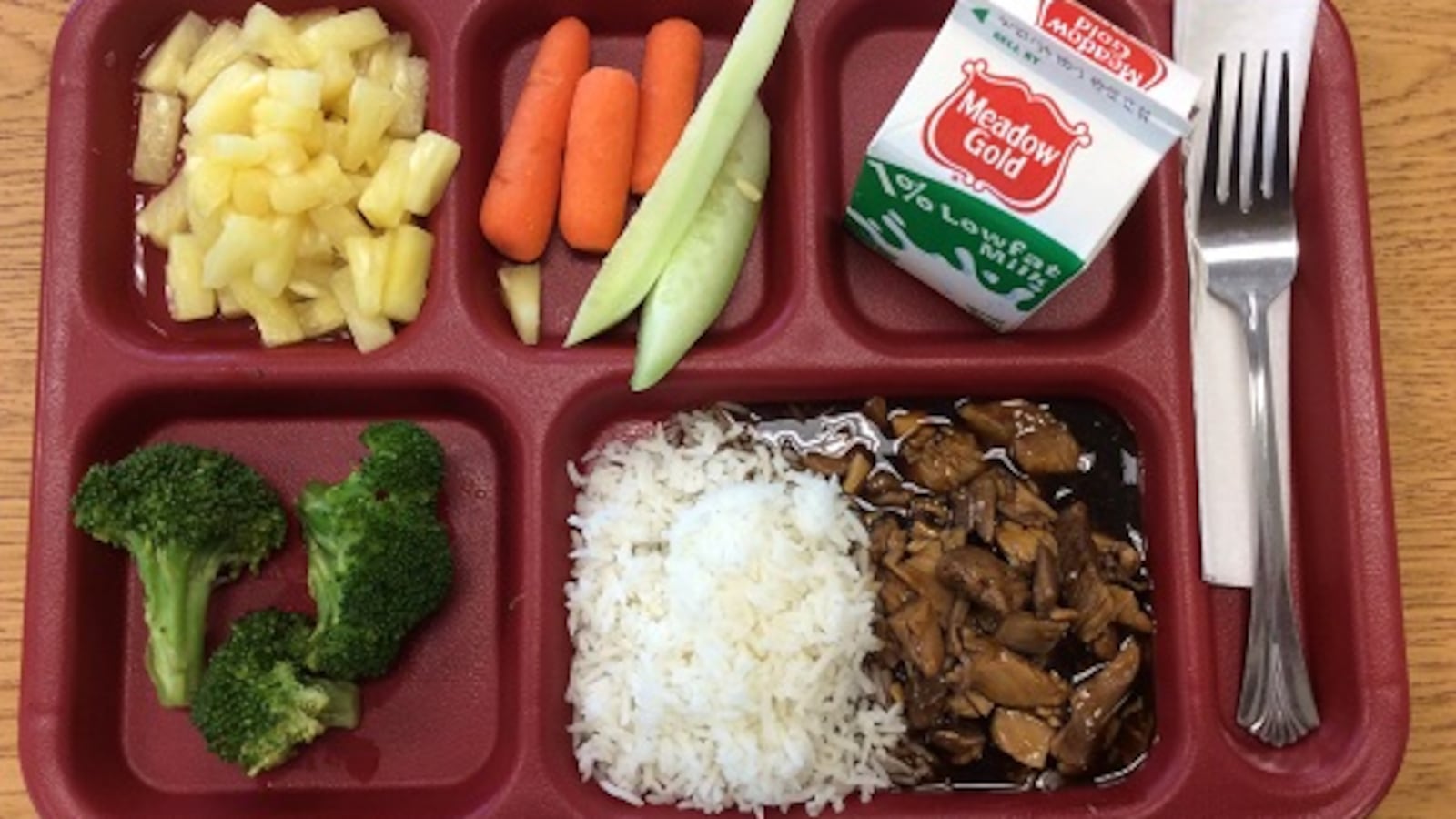More high-poverty Colorado schools will offer free meals to all students regardless of family income this year under a federal program aimed at reducing red tape and ensuring that more kids are focused on learning, not growling stomachs.
Eighteen districts, including Aurora and Pueblo City Schools, will participate in the two-year-old program, up from 14 last year and eight the year before. The majority provide free meals districtwide, but a few provide the free meals only at certain schools.
Officials from participating districts both in Colorado and nationally say the program—officially called Community Eligibility Provision—can make a big impact on meal participation and reduce problems related to hunger like spotty attendance and disruptive behavior.
In Pueblo, meal participation rose by more than 30 percent and food service revenue increased by more than half a million dollars after the program launched districtwide last year.
In Aurora, meal participation increased at three of the four schools that adopted the program last year, said Mona Martinez-Brosh, the district’s nutrition services director.
For students who didn’t previously qualify for free school food, she said, “that means there’s two more meals that are nutritionally balanced that they are receiving from the district.”
Schools or entire districts are eligible for the program if 40 percent or more of their students are identified as low income because they receive certain types of government benefits such as SNAP (formerly known as the food stamp program), or are classified as homeless, migrant or in foster care.
The gradual expansion of the program points to growing confidence among district administrators that despite a procedural change in how poor students are counted under the program, it doesn’t pose major risks to federal funding for those children.
In the first years of the program, that was a big concern since families no longer had to fill out free and reduced-price meal applications, which have historically been used to calculate schools’ at-risk populations and their associated federal awards.
Now, parents at schools taking part in the program are asked to fill out a similar form asking about family income. The difference is that kids get free meals whether their parents turn it in or not.
Officials in some districts say they have made concerted efforts to educate principals and other staff about how important the alternative forms are. In Aurora, the push worked and the district lost no at-risk funding, Martinez-Brosh said.
But in Pueblo, despite similar efforts, four of 33 schools fell short in collecting the forms and lost some federal funding. Jill Kidd, the district’s nutrition services director, said those four schools will continue to participate in the program with extra emphasis this year on collecting the alternative forms and regaining the lost at-risk dollars.

